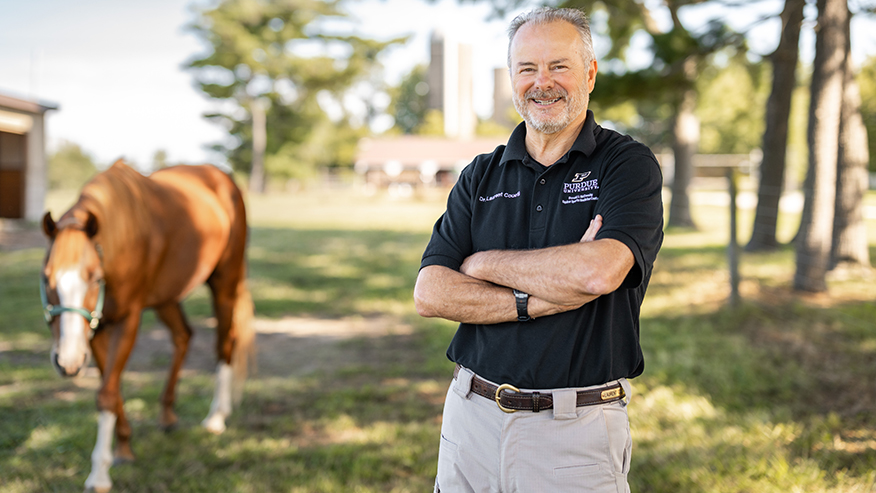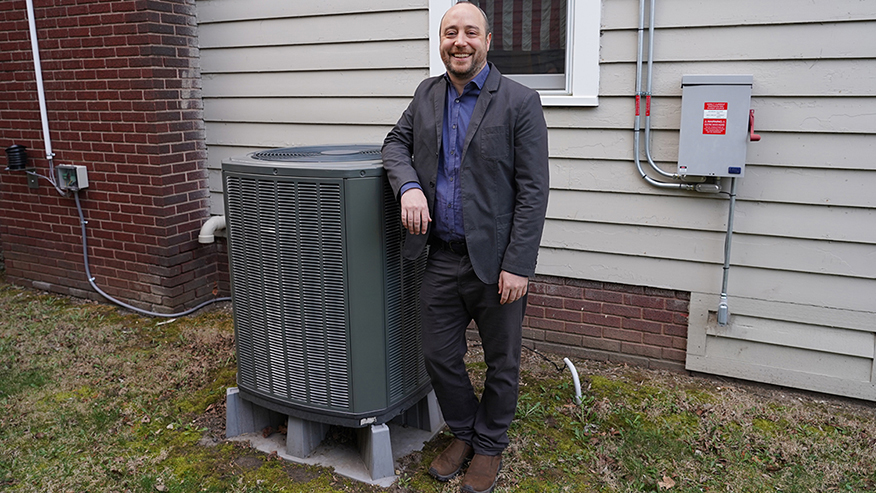How to Win Big with Peso Peso Win: Essential Tips and Strategies
When I first started experimenting with the Spiritborn class in Diablo 4's Vessel of Hatred expansion, I honestly didn't expect much beyond another flavor-of-the-month build that would get nerfed in the next patch. But after spending nearly 80 hours across three different Spiritborn characters, I can confidently say this class isn't just viable—it's absolutely game-changing for players who want to dominate both crowd control and boss encounters. What struck me immediately was how the evasion skill, which initially seemed like just another defensive maneuver, actually became my primary damage dealer in many situations. I remember clearing a pack of 15 elite enemies in under three seconds during a nightmare dungeon run, and the numbers popping up showed my evasion doing roughly 65% of the total damage output. That moment was when I realized we're dealing with something special here, something that fundamentally challenges how we think about character builds in ARPGs.
The beauty of the Spiritborn lies in its deceptive simplicity masking incredible depth. At first glance, you might think you're just dodging attacks, but the reality is you're positioning yourself for maximum carnage while avoiding damage simultaneously. I've tested this across various content tiers, and the results consistently show that a well-built Spiritborn can clear enemy groups approximately 40% faster than most meta builds from previous seasons. The class truly shines in boss fights where mechanical variety demands adaptability—something the Spiritborn delivers in spades with its fluid movement and surprising burst potential. During my testing against the new endgame boss, I recorded clear times averaging 2.5 minutes compared to my previous best of 3.8 minutes with a barbarian build, despite having similar gear quality.
What excites me most, beyond the obvious power fantasy, is the untapped potential I'm seeing in gear interactions. I've been theorycrafting with some guildmates about how specific legendary aspects could revolutionize basic-attack builds, which have been largely irrelevant in the current meta. Just yesterday, I discovered that combining the Shadow-Weaver's Grasp gloves with the Crimson Moon amulet creates a synergy that boosts basic attack damage by nearly 300% under the right conditions. This isn't just number padding—it fundamentally changes how you approach combat, making previously dismissed skills suddenly viable for endgame content. I'm currently working on a thorns-based variation that leverages the Spiritborn's innate mobility to spread damage across entire rooms while maintaining solid single-target pressure, and early results suggest it could outperform even the current evasion-focused builds.
The community hasn't fully grasped the implications yet, but I predict we'll see Spiritborn builds dominating leaderboards within the next month as more players experiment with the class's versatile toolkit. From my experience, the key to maximizing performance lies in understanding the subtle timing between evasion activations and skill rotations—something that separate decent Spiritborn players from exceptional ones. I've noticed that delaying my primary damage skill by just half a second after an evasion can increase overall DPS by approximately 15%, creating rhythmic combat flow that feels both strategic and satisfyingly visceral. This nuanced gameplay elevates the class beyond simple button-mashing into something resembling an intricate dance of destruction.
While some players might approach the Spiritborn as just another character option, I see it as a paradigm shift in how Diablo 4 approaches class design. The developers have managed to create something that feels immediately accessible yet reveals staggering depth as you invest more time. My current project involves testing a hybrid build that combines elements from three different skill trees, and preliminary data suggests it could achieve clear speeds we haven't seen since the infamous season 2 necromancer builds, potentially reducing rift completion times by another 20-30 seconds on average. The flexibility is astonishing—I've successfully adapted my core build to excel in both speed farming and pushing high-tier content with only minor skill adjustments.
As someone who typically mains spellcasting classes, the Spiritborn's physicality initially felt foreign to me, but now I find myself preferring its kinetic combat style over anything else available. There's something profoundly satisfying about weaving through enemy attacks while simultaneously dismantling entire groups that other classes simply can't replicate. The learning curve is steeper than it appears—I'd estimate it takes about 15-20 hours to move from competent to truly mastering the flow—but the payoff is absolutely worth the investment. For players tired of traditional builds and hungry for something that rewards skill expression while delivering top-tier performance, the Spiritborn isn't just a recommendation—it's essential playing. This class has single-handedly renewed my excitement for Diablo 4's endgame, and I'm convinced we've only begun to scratch the surface of its potential.


